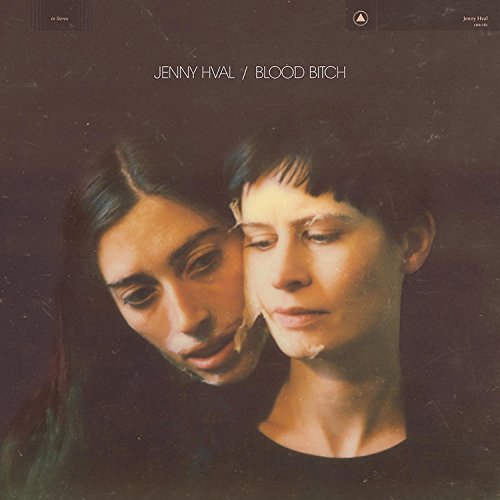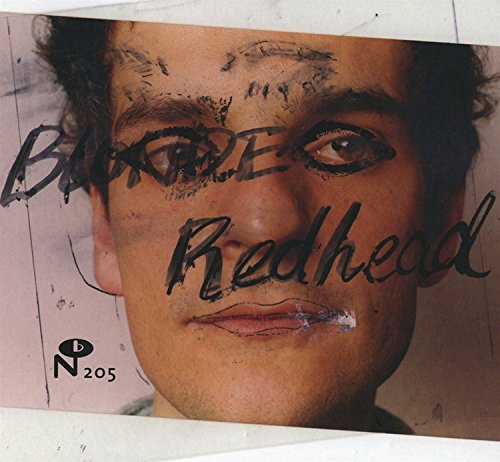Long tail wagging a dog?
The popular belief in the the long tail might be a bit of a myth, reckons a couple of new surveys.
The idea, of course, is that the value of digital sales lays in everything selling a little, rather than a few big hits. But is that what's happening?
UK music royalty collector MCPS-PRS says only 173,000 albums were bought through 2007 from a total of 1.23 million available; that means only 14 percent ever got a sale.
This, though, misses the obvious: one of the great joys of digital sales is that you don't have to buy entire albums, as you're free to abandon the concept of bundles of tracks and just buy the songs you want. Offering the lack of old albums as proof that the long tail doesn't work is like suggesting failure to sell cans of baked beans shows that restaurants don't have success at selling food.
This is a small update (via Times Online) to a study the organisation’s economist Will Page presented in November, which found, in the singles market, only about three million of 13 million available were bought, and 80 percent of sales came from 52,000 tracks.
That presentation and subsequent interviews is worth a close look. Page claims he was inspired by Chris Anderson's original theory, but with a but:
Given the clear relevance of collecting societies to the ‘long tail’ debate, I was surprised to see so little mention of them in Chris’s book - or the blogs that followed. For example, our US equivalents’ ASCAP and BMI don’t appear once in the book’s index.
Can you hear the wounded pride there? Even although there's no earthly reason why the collection societies should have appeared in the book - it's like the manager of Watford Gap services moaning that they didn't get a look-in in a Department Of Transport green paper.
Indeed, it's arguable that it was better for the collection agencies to be left out of the book - as a world in which the shape of music sales is very different probably requires a very different sort of royalty collection system than one designed to cope with a few radio stations and physical records being sold clustered around Top 40 releases. In fact, it would be perfect for those old-world collection agencies if they could pour cold water on the very idea of a long tail...
I was pleased to see The Register picked up on the role of a collecting society, an institution that receives surprisingly little coverage in Long Tail debate, yet has pioneered the creation of long tail markets for musical copyright through patent pooling and blanket licensing for almost a century.
... or at least try and pretend that it's always been doing the long tail thing.
Will Page offers some statistical 'evidence':
For example, we found that only 20% of tracks in our sample were ‘active’, that is to say they sold at least one copy, and hence, 80% of the tracks sold nothing at all. Moreover, approximately 80% of sales revenue came from around 3% of the active tracks. Factor in the dormant tail and you’re looking at a 80/0.38% rule for all the inventory on the digital shelf.
That would seem to remove the long tail as surely as Owl removed Eeyore's. Having said that, though, there's a question of methodology, and expectation? What period was Page looking at? What market? No proponent of the long tail would suggest that everything would be purchased by someone in the UK in any given period, and it would be pretty easy to disprove (or prove) the existence of the long tail by setting the parameters carefully.
That's not to say Page is wrong. Indeed, on his own terms, he's right. He just might be looking at the wrong things, or the right things the wrong way. First rule of any numbers dragged from the internet is that they almost certainly won't be counting the things that anyone you share them with will assume they're counting.
One thing that does make me nervous about Page's figures is that he also claims that peer to peer filesharing is equally built on hits rather than long tail - using the large number of 'illegal' downloads of In Rainbows as evidence:
My hunch, based on the evidence we presented in that paper (pointing out the 2.3 million illegal downloads of Raidohead’s new album when it was also available ‘for free’ on their own website), is that the black market is even more hit-centric.
Actually, that proves nothing more than (as I've argued before) 'if you tell people they can get an album for free, people who might not normally use an "illegal" route to obtain music will feel comfortable hitting the torrents. Building a theory about online activity on the basis of the performance of an anomalous release is a curious route.
So: is there a long tail? The clue is in the name - we won't know until we've had the experience of a long run.









No comments:
Post a Comment
As a general rule, posts will only be deleted if they reek of spam.